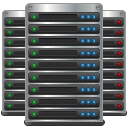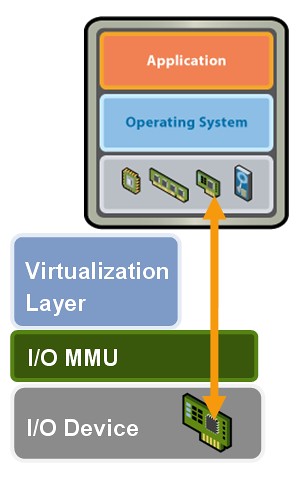 Update: 2013/07/02 I wrote another post about CBT and create a re-usable PowerShell function
Update: 2013/07/02 I wrote another post about CBT and create a re-usable PowerShell function I recently had to enable CBT in my VMware vSphere environment, on a good amount of Virtual Machines.
What is Change Block Tracking (CBT) ? If you are not familiar with CBT, checkout the following articles:
- Eric Siebert: What is Change Block Tracking (CBT) ?
- VMware KB: Changed Block Tracking (CBT) on virtual machines
- VMware Documentation: Low Level Backup Procedures
How to implement CBT, what do you need ?
- VM version 7 at least,
- No snapshot on your VM
- Enable CBT,
- Finally the VM must go through a stun-unstun cycle (power on, resume after suspend, migrate, or snapshot create/delete/revert) before the reconfiguration takes effect.
How to Enable CBT on your VM ? (GUI)
Note: When the VM is Powered ON you won't be able to access those settings.
However, It is possible to do it via PowerShell even when the VM is started. :-) (see below)
Navigate to Configuration Parameters and add the following Entries.
 |
| Right click on your VM, select Edit Settings/Options Tab/Advanced/General. Click on Configuration Parameters and add the following entries |


